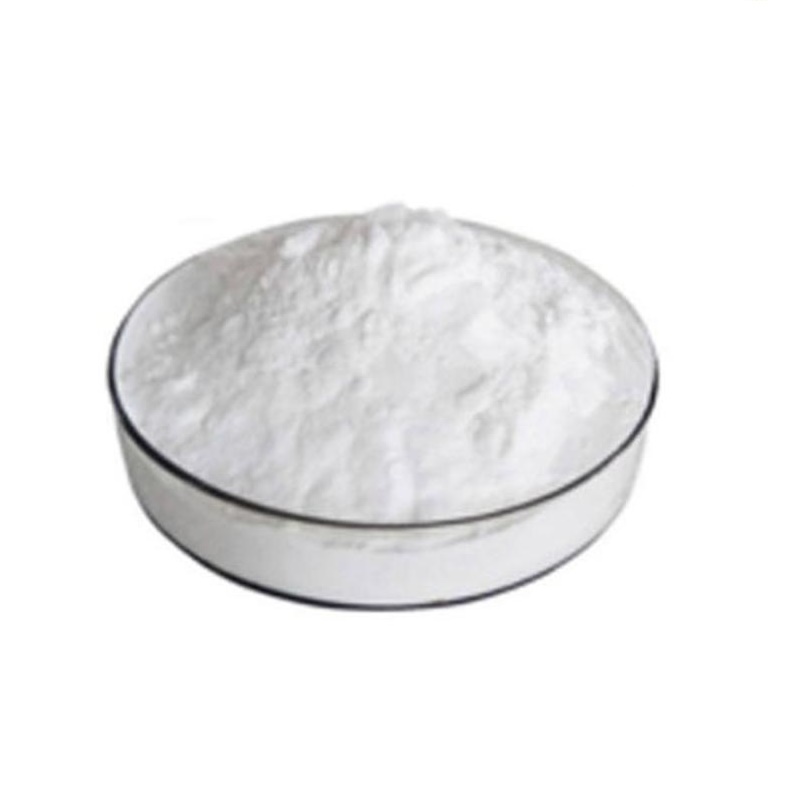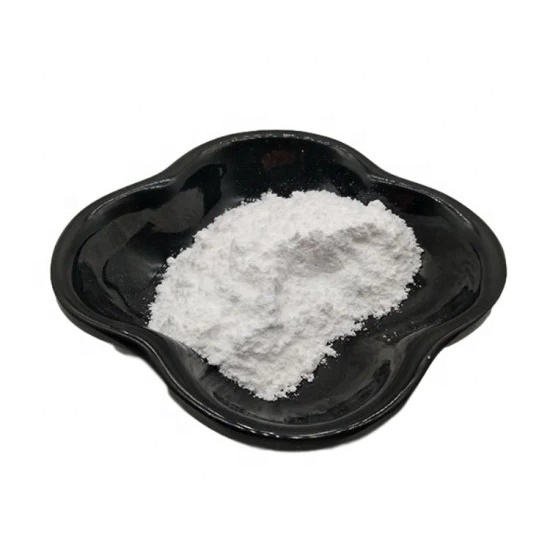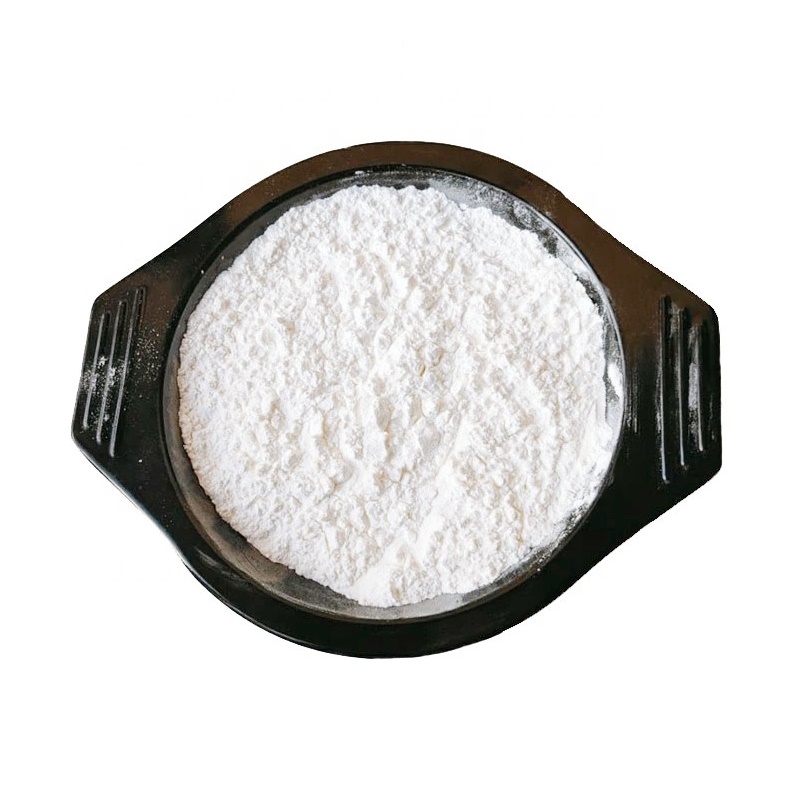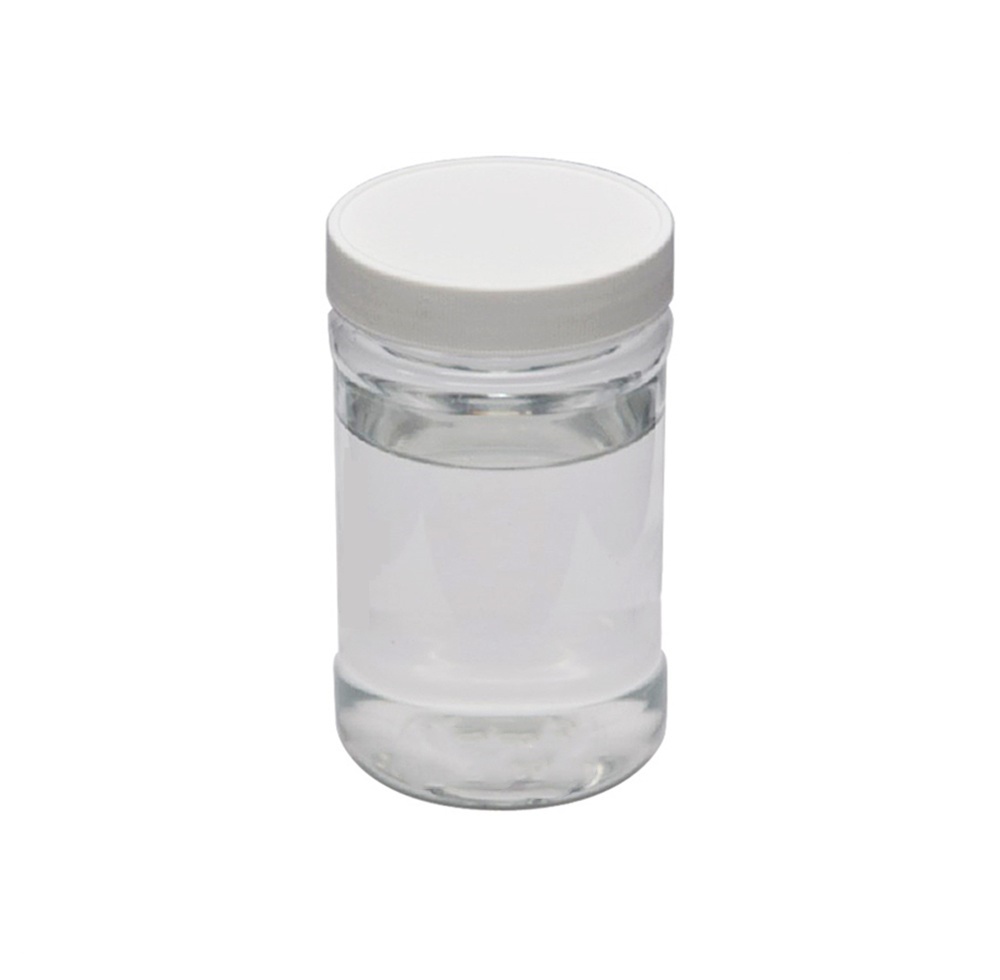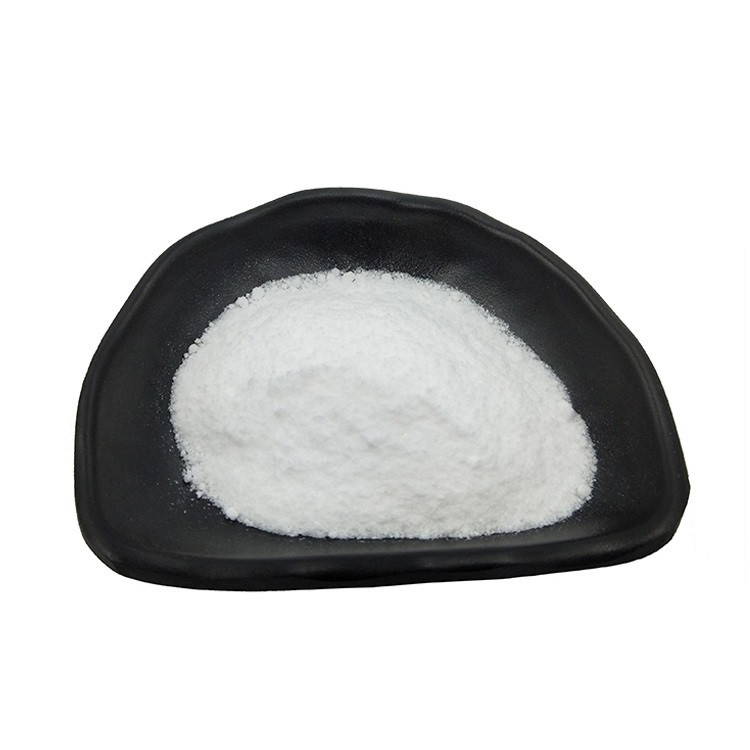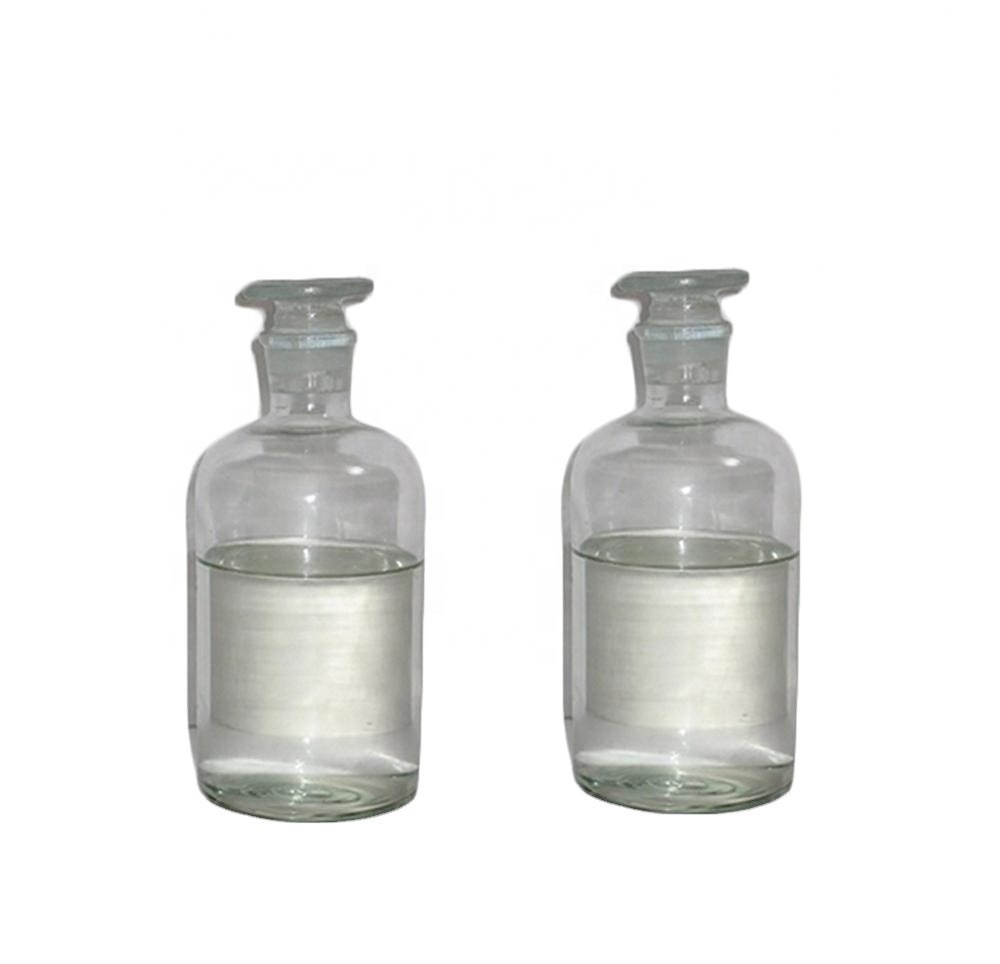

Fipronil CAS 120068-37-3
——————
CAS number : 120068-37-3
molecular formula : C12H4Cl2F6N4OS
EINECS : 424-610-5
——————
Email : info@deshangchem.com
Mobile : +86-13153039501
TEL : +86-531-88752665
CAS number:120068-37-3
molecular formula:C12H4Cl2F6N4OS
molecular weight:437.15
EINECS number:424-610-5
English synonyms:
4-((trifluoromethyl)sulfinyl)-;m&b46030;PRINCE;REGENT;FIPRONIL;5-Amino-1-[2,6-dichloro-4-(trifluoromethyl)phenyl]-4-[(trifluoromethyl)sulfinyl]-1H-pyrazole-3-carbonitrile;FIPRONIL <)>97 % (HPLC, EFF.);Goliath gel
Related categories:
APIs; pesticides; pesticides; insecticides (mites); organic heterocycles and other pesticides; inorganic salts; raw materials; energy; small molecule inhibitors; organic fluorine intermediates; raw materials for veterinary drugs; pharmaceutical raw materials; food Additives; Phenylpyrazole Insecticides; Pesticide Raw Materials; Agricultural Raw Materials and Preparations-Insecticides; Breeding and Feed Processing Raw Materials; Organic Chemical Raw Materials; Pesticide Intermediates; Chemical Products-Organic Chemicals; Chemical Pesticides; Chemical Raw Materials- 1;Agrochemical raw materials;Organic chemical raw materials;PHARMACEUTICALS;Agro-Products;Heterocycles;Fipronil insecticidal spectrum is wide, and existing insecticide resistance without interaction;Pesticide intermediates;MYCODECYL;Pesticide,veterinary drugs and fertilizers;Organochlorine pesticides ;Pesticide technical drugs;Intermediates;Pesticides intermediate;Feed additives;Veterinary drug raw materials;Chemicals;Medical raw materials;Pesticide-insecticides;Research raw materials of pharmaceutical raw materials;Agrochemical raw powder-insecticides;Agrochemicals;Pesticide raw materials Pharmaceuticals-insecticides;chemical materials;chemical reagents;insecticides;API raw materials-anthelmintic;chemical intermediates;veterinary raw materials;chemical reagents-veterinary raw materials;chemical reagents-pesticide raw materials;agrochemicals (pesticide raw materials) Chemical raw materials; Reagents; Reference substances; Ectoparasiticide;API;INSECTICIDE;Baby Food Directives 13/2003 EC&14/2003 ECPesticides&Metabolites;AcaricidesMethod Specific;Alpha sort;E-GAlphabetic;European Community: ISO and DIN;F; FA - FLPesticides;Insecticides;Pesticides;Pesticides&Metabolites;Pyrazoles
Introduction:
Fipronil, chemical name 5-amino-1-(2,6-dichloro-4-trifluoromethylphenyl)-4-trifluoromethyl-sulfinylpyrazole-3-carbonitrile, is the first Phenypyrazoles for pest control. Since its discovery in 1987, it has been widely used in many fields such as agriculture and veterinary medicine, and has become an important insecticide species. Fipronil, trade name Fipronil, is a new type of benzopyrazole insecticide. Compared with traditional insecticides (organophosphates, pyrethroids, carbamates), this medicine has With the advantages of broad spectrum and high efficiency, it has been widely used in many agricultural fields and is a commonly used pesticide for pest control.
| Melting point | 200-201°C |
| Boiling point | 510.1±50.0 °C(Predicted) |
| Density | 1.477-1.626 |
| Vapor Pressure | 3.7×10-7 Pa (25 °C) |
| Storage conditions | Keep in dark place,Sealed in dry,2-8°C |
Shape | neat |
| Water solubility | 1.9-2.4 mg 1l-1 (20 °C) |
| Acidity coefficient(pKa) | -5.86±0.20(Predicted) |
| Color | White to Light yellow |
| Maximum wavelength(λmax) | 208nm(H2O)(lit.) |
Merck | 14,4085 |
BRN | 8090115 |
| CAS database | 120068-37-3(CAS DataBase Reference) |
Pure product is white solid, m.p.200.5~201℃, relative density 1.48~1.63, vapor pressure 3.73×10-7Pa (2.8×10-7Pa) (20℃). The solubility is: acetone 54.6g/100mL, dichloromethane 2.23g/100mL, methanol 13.75g/100mL, hexane and toluene 0.3g/mL, water 1.9mg/L. Partition coefficient (n-octanol/water) 4.0. It is stable under normal storage conditions, with a half-life of 135d in water and 8h of photolysis in water.
● Fluoropyrazol-containing broad-spectrum insecticides, with high activity and wide application range, have been produced against Hemiptera, Thysanoptera, Coleoptera, Lepidoptera and other pests, as well as pyrethroid and carbamate insecticides. Resistant pests also show extremely high susceptibility. Can be used in rice, cotton, vegetables, soybeans, rapeseed, tobacco, potatoes, tea, sorghum, corn, fruit trees, forests, public health, animal husbandry, etc., to control rice borers, brown planthoppers, rice weevil, cotton bollworm, armyworm, side dishes Moth, cabbage caterpillar, cabbage armyworm, beetle, cutting root worm, bulb nematode, caterpillar, fruit tree mosquito, wheat long tube aphid, coccidia, trichomonas, etc. The recommended dosage is 12.5~150g/hm2. my country has approved field efficacy tests on rice and vegetables. The preparation is 5% colloidal suspension and 0.3% granule.
● Mainly used in crops such as rice, sugarcane, potatoes, etc. In animal health, it is mainly used to kill parasites such as fleas and lice on cats and dogs
● Preparation of 5-amino-3-cyano-1-(2,6-dichloro-4-trifluoromethylphenyl)pyrazole Nitrosyl sulfuryl prepared from 7 g of sodium nitrite and 27.5 mL of concentrated sulfuric acid The suspension was diluted with acetic acid, and 50 mL of acetic acid solution of 21.2 g of 2,6-dichloro-4-trifluoromethylaniline was added dropwise at 25 to 32 °C, the temperature was raised to 55 °C, heated for 20 min, and poured into 2,3-dicyano In a solution of ethyl propionate in acetic acid (60 mL) and water (125 mL), after stirring for 15 min, water was added, the oil layer was separated, extracted with dichloroethane, the oil layers were combined, washed with ammonia water to pH 9, layered, water, dilute hydrochloric acid Washed, dried, filtered, evaporated in vacuo, and the oil was recrystallized from toluene and hexane, yield 70.9%.
Preparation of 5-amino-3-cyano-1-(2,6-dichloro-4-trifluoromethylphenyl)-4-trifluoromethylthiopyrazole
The dichloromethane solution of trifluoromethyl sulfur chloride (10.8 g) was added dropwise to the dichloromethane solution containing 20 g of the product of the previous step within 1 h. The mixture was stirred at room temperature overnight, washed with water, dried, filtered and desolubilized to obtain 26.3 g of a solid, which was recrystallized to obtain the product with a yield of 92%.
Synthesis of fipronil Under stirring, the dichloromethane solution of 10 g of the product of the previous step was treated with 4.5 g m-chloroperoxybenzoic acid, and after stirring overnight, 2 parts of 1.6 g m-chloroperoxybenzoic acid were added and left for 2d. Diluted with ethyl acetate, washed with sodium sulfite solution, sodium carbonate solution and water in turn, dried, filtered, desolubilized, eluted with dichloromethane on SiO2 chromatographic column and purified to obtain fipronil 6.0g, yield 57.8 %.
Please refer to the 3rd issue of "Pesticide" magazine in 2002, the synthesis of a new type of insecticidal type - fipronil.
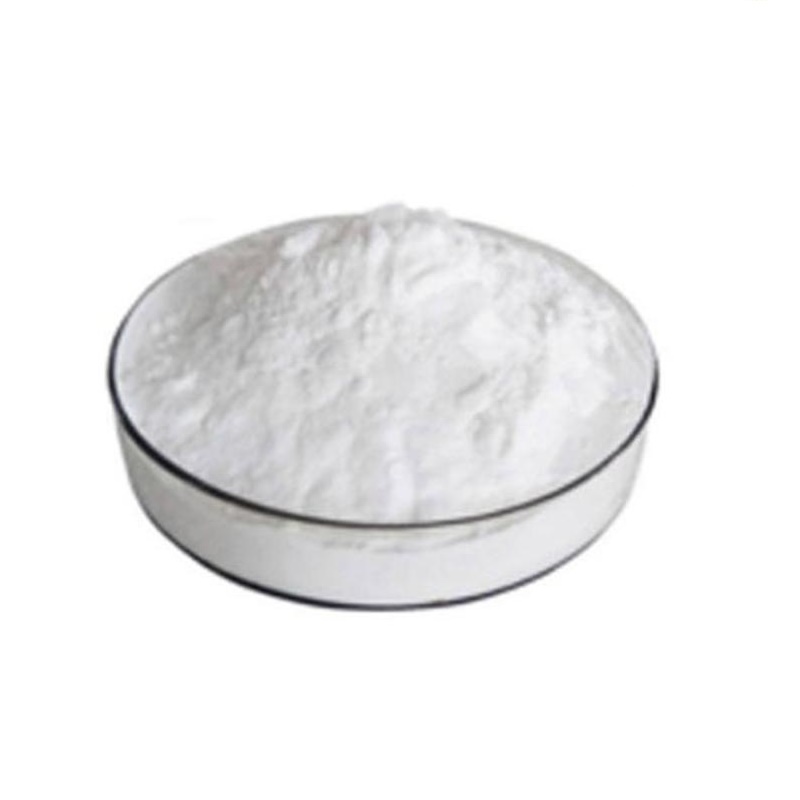
Fipronil CAS 120068-37-3
CAS number:120068-37-3
molecular formula:C12H4Cl2F6N4OS
molecular weight:437.15
EINECS number:424-610-5
English synonyms:
4-((trifluoromethyl)sulfinyl)-;m&b46030;PRINCE;REGENT;FIPRONIL;5-Amino-1-[2,6-dichloro-4-(trifluoromethyl)phenyl]-4-[(trifluoromethyl)sulfinyl]-1H-pyrazole-3-carbonitrile;FIPRONIL <)>97 % (HPLC, EFF.);Goliath gel
Related categories:
APIs; pesticides; pesticides; insecticides (mites); organic heterocycles and other pesticides; inorganic salts; raw materials; energy; small molecule inhibitors; organic fluorine intermediates; raw materials for veterinary drugs; pharmaceutical raw materials; food Additives; Phenylpyrazole Insecticides; Pesticide Raw Materials; Agricultural Raw Materials and Preparations-Insecticides; Breeding and Feed Processing Raw Materials; Organic Chemical Raw Materials; Pesticide Intermediates; Chemical Products-Organic Chemicals; Chemical Pesticides; Chemical Raw Materials- 1;Agrochemical raw materials;Organic chemical raw materials;PHARMACEUTICALS;Agro-Products;Heterocycles;Fipronil insecticidal spectrum is wide, and existing insecticide resistance without interaction;Pesticide intermediates;MYCODECYL;Pesticide,veterinary drugs and fertilizers;Organochlorine pesticides ;Pesticide technical drugs;Intermediates;Pesticides intermediate;Feed additives;Veterinary drug raw materials;Chemicals;Medical raw materials;Pesticide-insecticides;Research raw materials of pharmaceutical raw materials;Agrochemical raw powder-insecticides;Agrochemicals;Pesticide raw materials Pharmaceuticals-insecticides;chemical materials;chemical reagents;insecticides;API raw materials-anthelmintic;chemical intermediates;veterinary raw materials;chemical reagents-veterinary raw materials;chemical reagents-pesticide raw materials;agrochemicals (pesticide raw materials) Chemical raw materials; Reagents; Reference substances; Ectoparasiticide;API;INSECTICIDE;Baby Food Directives 13/2003 EC&14/2003 ECPesticides&Metabolites;AcaricidesMethod Specific;Alpha sort;E-GAlphabetic;European Community: ISO and DIN;F; FA - FLPesticides;Insecticides;Pesticides;Pesticides&Metabolites;Pyrazoles
Introduction:
Fipronil, chemical name 5-amino-1-(2,6-dichloro-4-trifluoromethylphenyl)-4-trifluoromethyl-sulfinylpyrazole-3-carbonitrile, is the first Phenypyrazoles for pest control. Since its discovery in 1987, it has been widely used in many fields such as agriculture and veterinary medicine, and has become an important insecticide species. Fipronil, trade name Fipronil, is a new type of benzopyrazole insecticide. Compared with traditional insecticides (organophosphates, pyrethroids, carbamates), this medicine has With the advantages of broad spectrum and high efficiency, it has been widely used in many agricultural fields and is a commonly used pesticide for pest control.
| Melting point | 200-201°C |
| Boiling point | 510.1±50.0 °C(Predicted) |
| Density | 1.477-1.626 |
| Vapor Pressure | 3.7×10-7 Pa (25 °C) |
| Storage conditions | Keep in dark place,Sealed in dry,2-8°C |
Shape | neat |
| Water solubility | 1.9-2.4 mg 1l-1 (20 °C) |
| Acidity coefficient(pKa) | -5.86±0.20(Predicted) |
| Color | White to Light yellow |
| Maximum wavelength(λmax) | 208nm(H2O)(lit.) |
Merck | 14,4085 |
BRN | 8090115 |
| CAS database | 120068-37-3(CAS DataBase Reference) |
Pure product is white solid, m.p.200.5~201℃, relative density 1.48~1.63, vapor pressure 3.73×10-7Pa (2.8×10-7Pa) (20℃). The solubility is: acetone 54.6g/100mL, dichloromethane 2.23g/100mL, methanol 13.75g/100mL, hexane and toluene 0.3g/mL, water 1.9mg/L. Partition coefficient (n-octanol/water) 4.0. It is stable under normal storage conditions, with a half-life of 135d in water and 8h of photolysis in water.
● Fluoropyrazol-containing broad-spectrum insecticides, with high activity and wide application range, have been produced against Hemiptera, Thysanoptera, Coleoptera, Lepidoptera and other pests, as well as pyrethroid and carbamate insecticides. Resistant pests also show extremely high susceptibility. Can be used in rice, cotton, vegetables, soybeans, rapeseed, tobacco, potatoes, tea, sorghum, corn, fruit trees, forests, public health, animal husbandry, etc., to control rice borers, brown planthoppers, rice weevil, cotton bollworm, armyworm, side dishes Moth, cabbage caterpillar, cabbage armyworm, beetle, cutting root worm, bulb nematode, caterpillar, fruit tree mosquito, wheat long tube aphid, coccidia, trichomonas, etc. The recommended dosage is 12.5~150g/hm2. my country has approved field efficacy tests on rice and vegetables. The preparation is 5% colloidal suspension and 0.3% granule.
● Mainly used in crops such as rice, sugarcane, potatoes, etc. In animal health, it is mainly used to kill parasites such as fleas and lice on cats and dogs
● Preparation of 5-amino-3-cyano-1-(2,6-dichloro-4-trifluoromethylphenyl)pyrazole Nitrosyl sulfuryl prepared from 7 g of sodium nitrite and 27.5 mL of concentrated sulfuric acid The suspension was diluted with acetic acid, and 50 mL of acetic acid solution of 21.2 g of 2,6-dichloro-4-trifluoromethylaniline was added dropwise at 25 to 32 °C, the temperature was raised to 55 °C, heated for 20 min, and poured into 2,3-dicyano In a solution of ethyl propionate in acetic acid (60 mL) and water (125 mL), after stirring for 15 min, water was added, the oil layer was separated, extracted with dichloroethane, the oil layers were combined, washed with ammonia water to pH 9, layered, water, dilute hydrochloric acid Washed, dried, filtered, evaporated in vacuo, and the oil was recrystallized from toluene and hexane, yield 70.9%.
Preparation of 5-amino-3-cyano-1-(2,6-dichloro-4-trifluoromethylphenyl)-4-trifluoromethylthiopyrazole
The dichloromethane solution of trifluoromethyl sulfur chloride (10.8 g) was added dropwise to the dichloromethane solution containing 20 g of the product of the previous step within 1 h. The mixture was stirred at room temperature overnight, washed with water, dried, filtered and desolubilized to obtain 26.3 g of a solid, which was recrystallized to obtain the product with a yield of 92%.
Synthesis of fipronil Under stirring, the dichloromethane solution of 10 g of the product of the previous step was treated with 4.5 g m-chloroperoxybenzoic acid, and after stirring overnight, 2 parts of 1.6 g m-chloroperoxybenzoic acid were added and left for 2d. Diluted with ethyl acetate, washed with sodium sulfite solution, sodium carbonate solution and water in turn, dried, filtered, desolubilized, eluted with dichloromethane on SiO2 chromatographic column and purified to obtain fipronil 6.0g, yield 57.8 %.
Please refer to the 3rd issue of "Pesticide" magazine in 2002, the synthesis of a new type of insecticidal type - fipronil.
Team Presentation

